

It was the early ‘90s when my husband and I were newlyweds, both attending graduate school in Southeastern Ohio. We rented our first home: a tiny, 615-square-foot, 97-year-old house with two bedrooms, one tiny not-updated bathroom, and a kitchen with the original stove. With a rent of $350 per month, it was a dreamy first home in every way. The exterior was painted a delightful gray—a decade and a half before shades of gray in décor became all the rage. In the front yard delicious, mature perennial gardens hugged the foundation, greeting our occasional visitors with a wave of petunias winding amidst the wild geranium, goldenrod, bee balm, and black-eyed Susan.
Our address was 23 Hudson Avenue, the numbers nailed just above the mail slot on the front porch. I recall the shape, size, and touch-up paint on those two numbers, not only because they were our first shared address but also because they were in our direct sightline from the front porch swing hung with chains from the white clapboard ceiling. That swing was our “spot”: where we’d go to sip a glass of cheap wine, eat from a shared bowl of vintage-stove popped corn, and complain about grad school colleagues. From that swing, we also frequently played a little game: who could toss a piece of popcorn with just the right velocity and precision, landing it on one of our discarded Birkenstocks. My actual jump shot might have been weaker than that of my spouse, who’d played college hoops, but my popcorn toss game was strong back then (still is, btw). The game had a single rule: The first person to get a piece to land on the sandal was exempt from porch sweep-up. And had bragging rights.
At night, our tiny front porch was lit both by a few candles as well as the faint glow of an illuminated sign from a small business about a quarter of a block down the street on the corner. According to its owner, Ray, “Be Safe Lock & Alarm” had held that corner for decades. It was the go-to locksmith and car alarm installer in little Athens, Ohio, back when car alarms didn’t come standard. At some point during that first year of our marriage, “Be Safe Lock & Alarm” became not only our neighbor and our nightlight; it also grew into a verbal goodbye ritual for us. As either he or I were heading out the door on a trip, or even to Super America for a bag of ice, the one of us who was staying home would say, “Be safe!” to which the other would call back, “lock & alarm!”
Our hearts and faces smile at the sound of that two-second call and response: five words, a tiny moment of paying homage to our little shared reality. Our “be safe …” “… lock & alarm” volley of words has somehow sustained itself through and over seven years of grad school, multiple states, a move to St. Paul, the birth, raising, and launching of two kids, a handful of job changes, some health challenges, the natural ups and downs of three decades of marriage, and the renting/buying/selling of more than a handful of homes between then and now.
It’s a tiny ritual that’s also an ongoing reminder of when we locked the keys in the ’86 hatchback Mazda 626, a mistake requiring us to pay Ray nearly an entire week of our grad school stipend. It wasn’t funny then but it’s evolved into playful banter as we each retell our own version of how/when/why of the lockout. (It wasn’t my fault, btw.) And it’s also a sustained four-word ritual of connection we utter with a playfulness that might seem insignificant to others, but one I’ve come to learn is anything but.
[Playful rituals] are profound ways of nourishing our relationships, infusing them with shared joy and sensibilities. In their verbalizing or repetition, they remind us of how we know each other in a way that only we, members of our shared universe, can and do.
In fact, studying the nature of playful rituals in relationships has been the focus of almost all my research as a social scientist.
I love my work: tasked with examining and dissecting the way people develop nicknames for each other (honey poo poo, pumpkin butt, batlady, flake-sister—all actual names shared with me); the way couples create silly names for each other’s body parts, bodily functions, or to invite sexual activity (Mr. D, little sausage, honey pot, let’s go to “dairy queen”—real couples’ words and phrases which you can use your imagination to discern). I adore studying and learning about the ways we create playful games and sustain inside jokes with friends, colleagues, spouses, and even our kids. For instance, one couple I interviewed would use the phrase “Is that 93 cents or 96 cents?” to put the brakes on accelerating conflict. The phrase was born after watching one member of the couple’s parents arguing for an entire evening whether something cost 93 or 96 cents.
I’m fascinated with the way a random object can come to represent a shared experience between people. Like the spongy piece of orange circus peanut candy that each of us in my grad school cohort was presented by our peers on the day we defended our dissertation, a small “trophy” that had so many preservatives it lasted on my office shelf for nearly fourteen years. Countless advisees and students asked over those years: “What … um … why … do you have a circus peanut … next to … with your books?” What a perfect segue into a mini-lecture about the power of creating meaning in our relationships, and why playfulness and fun—in whatever form—are really good for them.
Each of these playful rituals might seem like silly, insignificant moments. On the contrary: They are profound ways of nourishing our relationships, infusing them with shared joy and sensibilities. In their verbalizing or repetition, they remind us of how we know each other in a way that only we, members of our shared universe, can and do.
The most fun of the research I get to do is, literally, when the couples, families, or friendship groups I interview reveal the silly, creative, and whimsical games they weave into their lives. A friend and her spouse have a contest where they shout or text “FIND OF THE DAY!”—a playful competition for this outdoorsy couple, an ongoing game of who can find the best agate or stone.
This same couple has a daily game—one shared with their young children—of creating silly portmanteaus: combining two words into the funniest or puniest of combinations. Recently, their seven-year-old observed that because mom’s go-to favorite color is blue and dad’s is orange, “You’re blorange!”
The playful rituals of the people in my life and studies are data-candy to my personal and professional soul. I can’t get enough of them and know I’ve reached the gooey center of an interview when a couple divulges they use toothpicks to write sexy notes to each other in the undisturbed top of a jar of peanut butter. Or the two adult sisters who, when they can be together, adore their ritual of streaming trashy shows while plucking each others’ leg hair—for hours. And hours.
Yes, some of us study this stuff, which has provided evidence-based insight into why weaving play—why adding a little more jeux d’esprit—into your daily interactions is not only important but essential for us as adults.
By definition, play is not a productive activity. Sometimes, as I’ve come to learn, definitions don’t have the final say.
In fact, more than forty years of research now reveals what children instinctively know: There is a lot of important work being done in play. Specifically for relationships, being playful is essential in building and maintaining awesome, healthy bonds. It turns out playfulness, silliness, and even appropriate doses of whimsy are related to greater relationship satisfaction, increased feelings of trust between people, and stronger connections.
It turns out playfulness, silliness, and even appropriate doses of whimsy are related to greater relationship satisfaction, increased feelings of trust between people, and stronger connections. And I’m not just talking romantic relationships.
And I’m not just talking romantic relationships. Stitching laughter, joy, and playfulness into any relationship—with friends and family, with colleagues and neighbors—does something both subtle and profound. It spurs the release of feel-good hormones. And who doesn’t love a good shot of oxytocin or a nice old dose of dopamine? It’s a rhetorical question, of course. Because we humans are rather simple, highly predictable mammals: We want and seek pleasure and reward; we seek to avoid pain and punishment.
This is perhaps why the research on being playful reveals how it, for us personally, can promote improved mental health, creativity, and stress reduction. And relationally, playfulness is a proven contributor to plain old better, longer-lasting relationships, not only because it’s also a scientifically proven method for couples to apply the brakes during escalating conflict. Honey, was that 93 or 96 cents?
What’s more, the research on laughter and humor reveals that when we laugh, our fears are disarmed a bit. We are more willing and open to hearing others’ opinions, even if they are ones with which we strongly disagree. We feel heightened vitality in our bonds. Anger is more quickly released. And laughter even helps us forgive others more quickly.
Wow, right?
Laughter even helps us become more resilient as humans, better able to bounce back and bounce forward from the slings and arrows of life. In a word, play is not optional when adulting. Play is powerful. It’s especially essential in our relationships. And you know what’s great about relearning this truth? It’s already in you. Your inner child, who didn’t have to be taught how to play, is just one popcorn toss or trip to “dairy queen” away.
Having fun and being silly as a way to boost your relational bonds? Yep, it’s serious business.


Carol Bruess (last name rhymes with “peace”) is professor emeritus at the University of St. Thomas, Minnesota, studying and writing about relationships. She is highly fluent in emoji, loves parentheticals (I mean, it’s what all the cool kids are doing), and is happy-dancing her way through empty-nesting (although don’t tell her kids; they think she’s all weepy). Check out her books, TEDx talk “Are All Relationships Messy?” and her sewing/design shenanigans over at www.carolbruess.com.
BY Carol Bruess - July 27, 2021
Most-read posts:
Did you know W&D now has a resource library of Printable Art, Templates, Freebies, and more?
take me there
Get Our Best W&D Resources
for designing a life well-lived
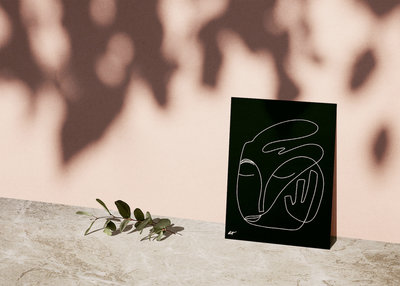

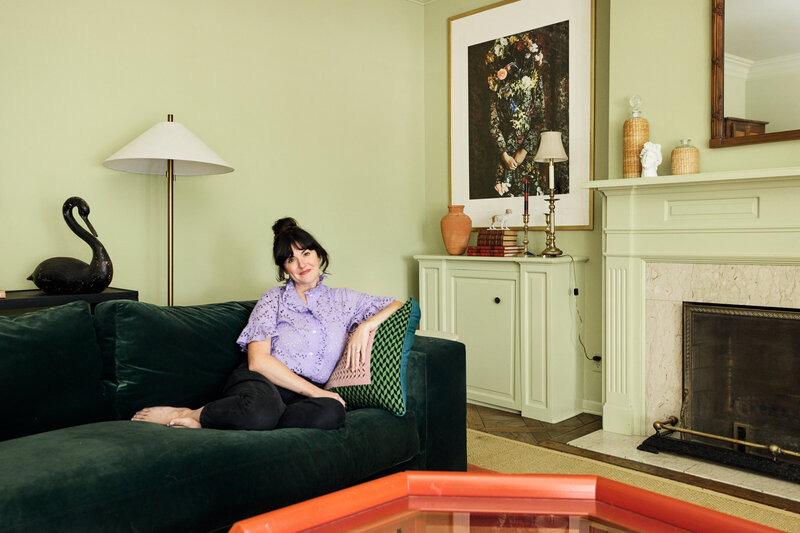

Thank you for being here. For being open to enjoying life’s simple pleasures and looking inward to understand yourself, your neighbors, and your fellow humans! I’m looking forward to chatting with you.
Hi, I'm Kate. Welcome to my happy place.


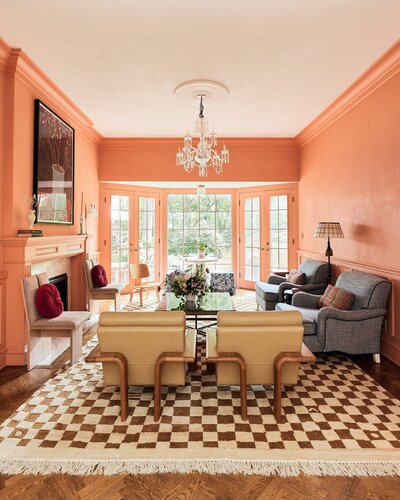

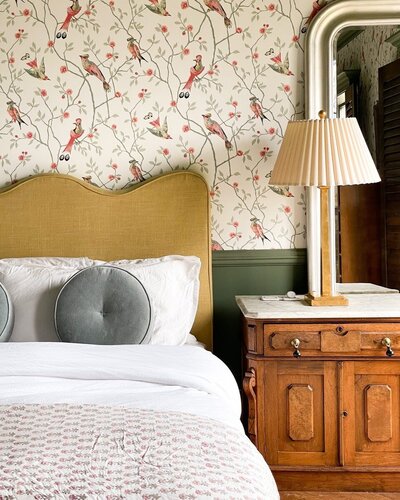






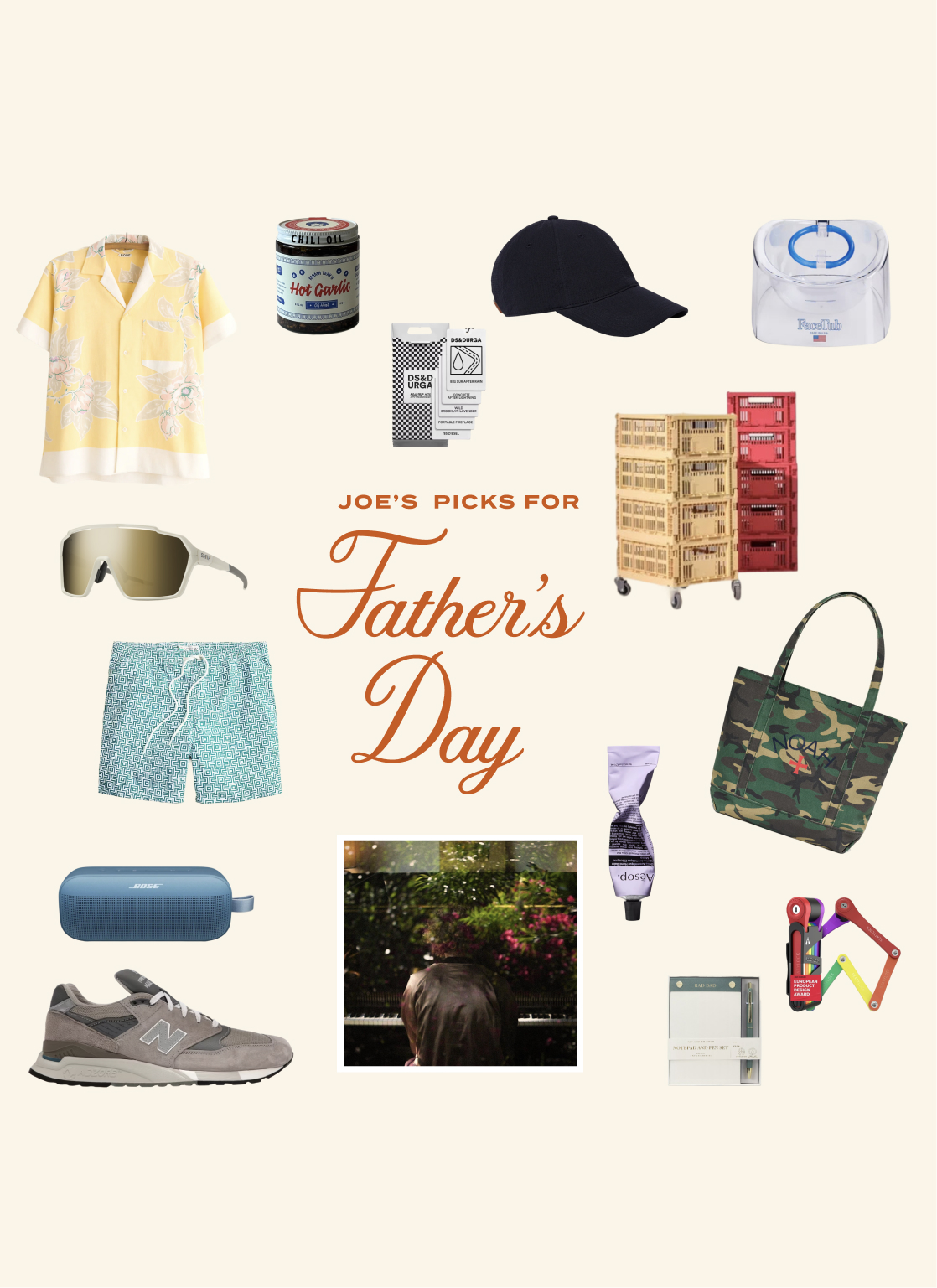
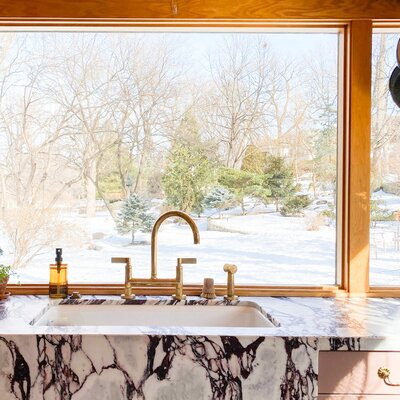
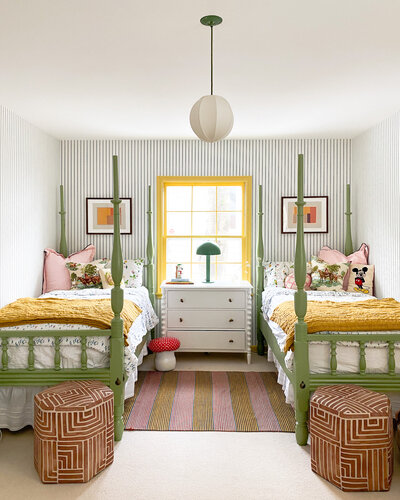
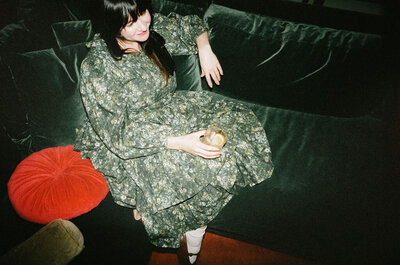

Quite simply, beautiful and so reminiscent of the much loved journey of my husband and I – 40 years together and 35 happily married. Loved, loved, loved this so much, might pinch the 93 – 96 cents if I may!
Awesome Read!